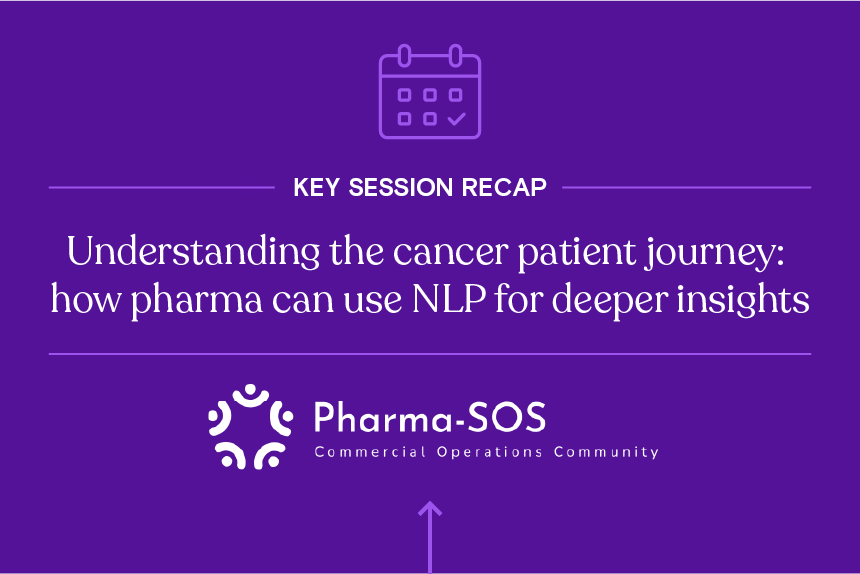The Inflation Reduction Act (IRA) is no longer a looming prospect – it’s here, and it’s reshaping the industry, pushing pharmaceutical manufacturers to rethink their strategies, from drug development to market entry and beyond. As drugmakers prepare for the impact of these policies on their revenue stream, it’s clear data will play a key strategic role. Here are steps drugmakers can take now to prepare for the road ahead, including the data manufacturers will need to navigate price negotiations.
A quick primer on Medicare drug price negotiation under the IRA
Introduced in 2022, the IRA allows Medicare to negotiate prices for certain drugs directly with manufacturers. Last year, CMS named the first 10 drugs under Medicare’s Part D negotiation. Final prices—or the maximum fair price (MFP) for each drug—once agreed upon, will take effect in 2026. CMS plans to select another 15 drugs covered under Part D for negotiation in 2027. This number will increase to as many as 15 drugs in 2028, including medications covered under both Part B and Part D. The agency wants to add 20 drugs annually thereafter.
Proactively assess your drug portfolio
Don’t wait for CMS to select drugs. Start by identifying which drugs in your portfolio are likely to be subject to future price negotiations. These will be older drugs with nogeneric or biosimilar competition that have substantial Medicare spending. Consider drugs that have been on the market for at least seven years for small molecules and 11 years for biologics, as these are primary targets under the IRA.
Keep in mind, CMS will exclude certain drugs from negotiations, including:
- Orphan drugs with a single approved indication
- Low-cost Medicare drugs (spending under $200 million)
- Plasma-derived products
- Small biotech drugs (until 2029)
- Drugs with available generics or biosimilars
- Drugs eligible for a biosimilar entry delay
- Drugs already selected for negotiation in 2026
Collect key data for potential price negotiations now
Proactively identifying high-potential drugs allows drugmakers to prioritize data collection, ensuring compliance with legal requirements for drugs that become eligible for price negotiations. These data include research and development (R&D) costs, unit costs of production and distribution, federal financial support related to the drug, market data and sales volume data, and more. It’s important to note that CMS may consider cost-effectiveness but will not accept the use of quality-adjusted life years (QALYS) to measure the value of a treatment.
Below is a list of data elements drug manufacturers will need to submit to CMS as part of negotiations.
Mandatory manufacturer-specific data under the IRA
Fig. 1 – Source: The Centers for Medicare & Medicaid Services draft guidance on administration of the Medicare Drug Price Negotiation Program for initial price applicability year 2027.
Drug makers are also required to submit information on the non-federal average manufacturer price (non-FAMP). Non-FAMP is the average price paid to manufacturers by wholesalers for drugs distributed to nonfederal purchasers, reflecting discounts.
Beyond these mandatory elements, manufacturers can optionally submit evidence about alternative treatments. These data elements are listed in the table below.
Optional evidence about alternative treatments under the IRA
Fig. 2 – Source: The Centers for Medicare & Medicaid Services draft guidance on administration of the Medicare Drug Price Negotiation Program for initial price applicability year 2027.
The benefits of early data collection extend beyond legal compliance with drugs subject to negotiations. Data early in the development process can become the foundation to build compelling evidence for payors and providers on the drug’s cost-effectiveness and real-world benefits, aiding in formulary and reimbursement decisions and supporting launch success.
Understand the MFP ceiling
After reviewing manufacturer-submitted information and evidence about alternative treatments, CMS will propose a maximum fair price (MFP) for each drug selected for negotiation. This is the highest price CMS is willing to pay for the drug. There’s a limit on how high the MFP can be. This ceiling is the lowest of three factors:
- The drug’s enrollment-weighted negotiated price (net of all price concessions, including rebates) for a Part D drug
- The average sales price for a Part B drug (which is the average price to all non-federal purchasers in the U.S, inclusive of rebates, other than rebates paid under the Medicaid program),
- A percentage of a drug’s average non-FAMP. This percentage varies based on how long the drug has been on the market:
- 75% for small-molecule drugs and vaccines more than 9 years but less than 12 years beyond approval
- 65% for drugs between 12 and 16 years beyond approval or licensure
- 40% for drugs more than 16 years beyond approval or licensure
In other words, the longer a drug has been on the market, the lower the ceiling on the MFP.
Aim for a price exceeding the MFP ceiling
Negotiations then begin between CMS and manufacturers. These involve a series of offers, counteroffers, and meetings to reach an agreement. While there’s a limit on what CMS will pay for a drug, with robust data in hand, manufacturers can enter these negotiations with a well-informed strategy. Companies should aim to negotiate for a price exceeding the ceiling on the MFP set by CMS for the drug if data can credibly justify the price.
Learn more
The Inflation Reduction Act is expected to make prescription drugs more affordable for millions of Americans. At the same time, it’s already influencing development decisions, market access strategies, and more. How it will impact the drug market in the long run remains to be seen. In the meantime, companies will need to plan and move forward with this new reality.
To learn more about how Definitive Healthcare helps biopharma companies drive success from drug discovery to commercialization, sign up for a free demo.





